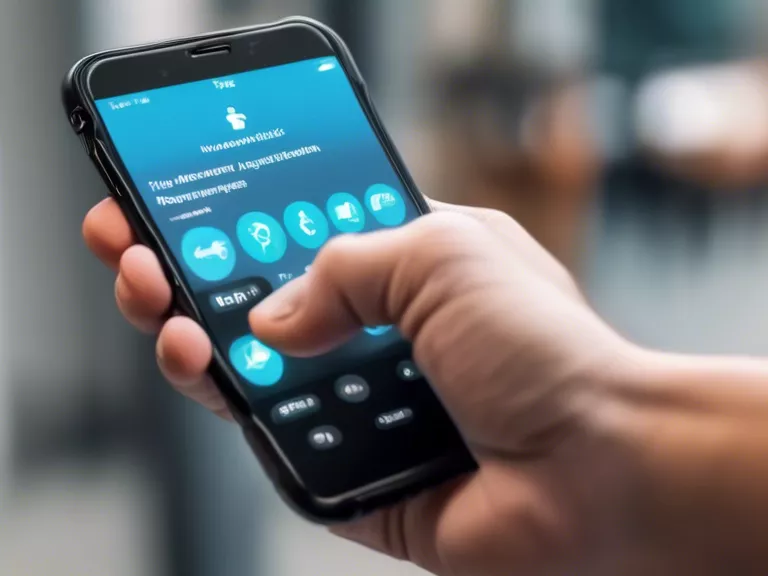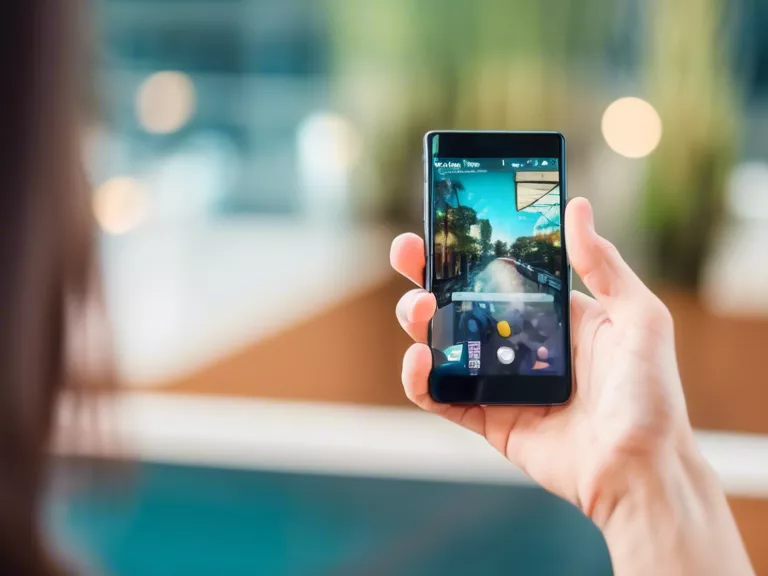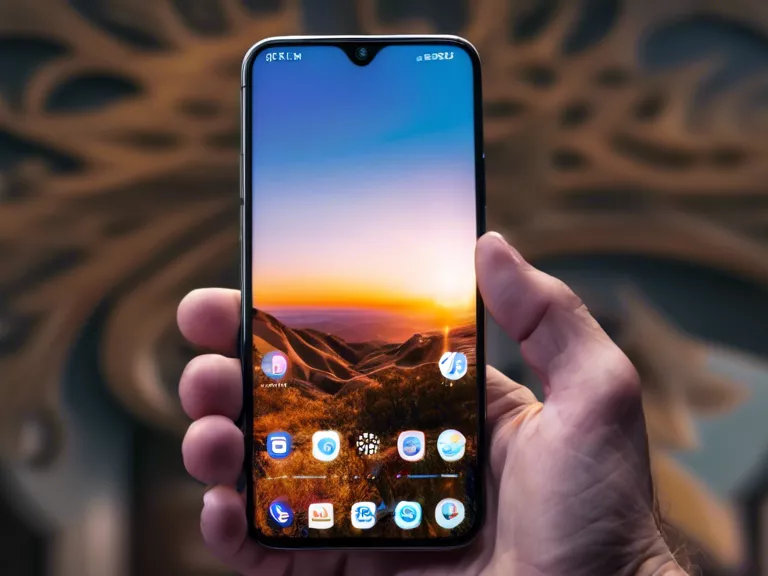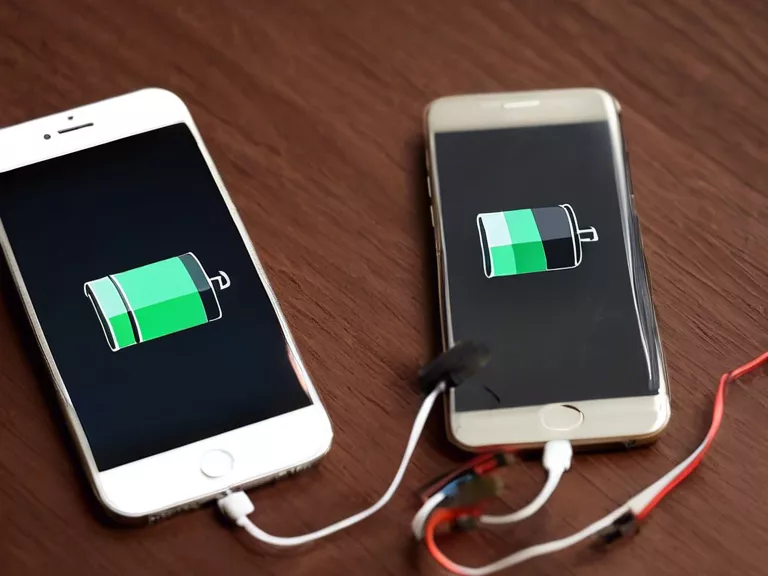
Smartphones are revolutionizing accessibility features for all users, making it easier for everyone to access and use technology. From voice commands to screen readers, mobile devices are becoming increasingly more inclusive and user-friendly. In this article, we will explore how smartphones are enhancing accessibility features for all users.
One of the most significant ways smartphones are improving accessibility is through voice commands. Users can simply speak to their phones to perform a variety of tasks, from sending messages to searching the web. This feature is especially beneficial for individuals with disabilities that may have difficulty typing or navigating a touchscreen.
Another key accessibility feature on smartphones is the screen reader. This tool reads aloud text on the screen, making it possible for users with visual impairments to navigate their devices. Screen readers can also describe images and convey information in alternative formats, enhancing accessibility for all users.
In addition to voice commands and screen readers, smartphones offer a range of other accessibility features, such as high contrast mode, magnification gestures, and captioning. These features make it easier for users to customize their devices to meet their specific needs and preferences.
Overall, smartphones are playing a crucial role in enhancing accessibility for all users. With a wide range of features and options available, mobile devices are becoming more inclusive and user-friendly for individuals with disabilities and diverse needs. By leveraging the capabilities of smartphones, technology is becoming more accessible and empowering for everyone.



